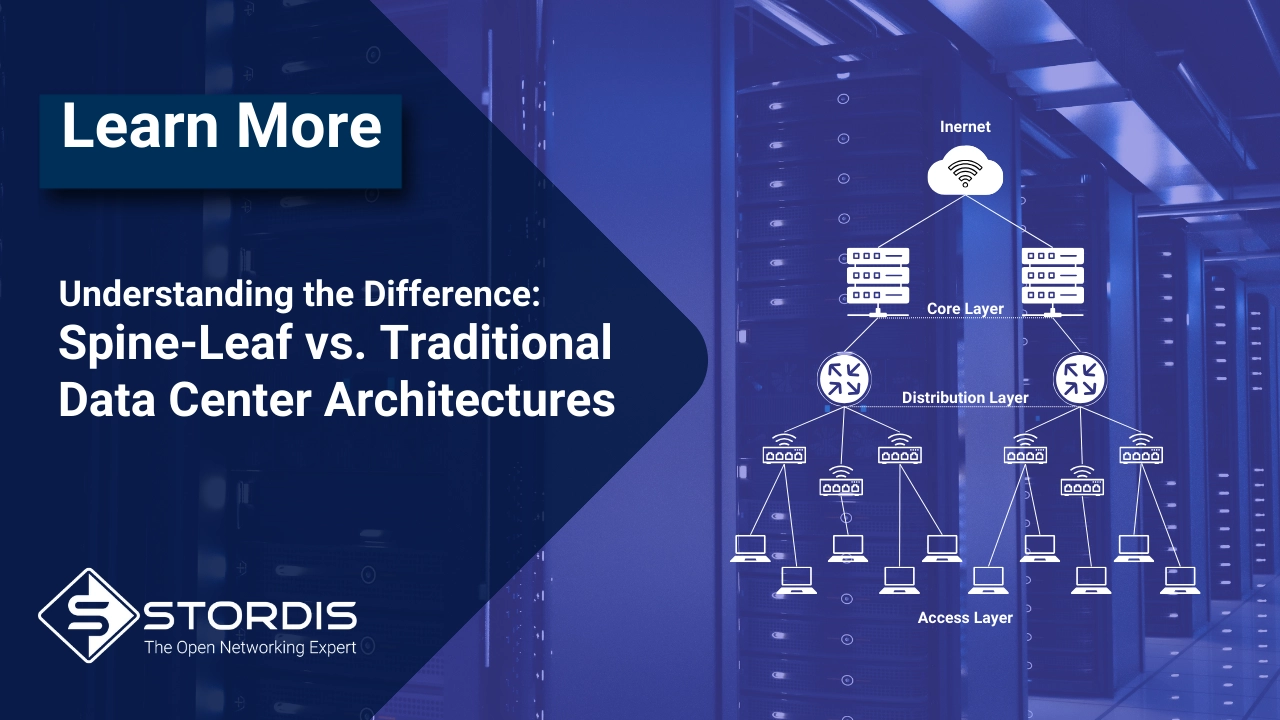- You have no items in your shopping cart
- Continue Shopping
Beyond the Light: A Deep Dive into WDM, DWDM, CWDM, and BiDi Transceivers Technology

Wavelength Division Multiplexing (WDM) technology has become an integral part of our daily lives, playing a crucial role in enabling the seamless transmission of vast amounts of data across various communication networks. In an era where connectivity and data exchange are paramount, WDM stands as a key enabler, facilitating the efficient utilization of optical fibers for transmitting diverse forms of information. From telecommunications to internet services, WDM has become indispensable, offering solutions that enhance bandwidth, reduce signal interference, and enable the reliable transfer of data over short and long distances. This technology not only shapes the landscape of modern communication but also contributes significantly to the convenience and effectiveness of our daily interactions in an increasingly connected world.
WDM (Wavelength Division Multiplexing)
This technique, known as Wavelength Division Multiplexing (WDM), is a sophisticated method in optical fiber transmission. Its primary function is to augment the transmission capacity over a single optical fiber by simultaneously transmitting multiple wavelengths through the same medium.
In practical terms, this means that more than one wavelength can be propagated down a single optical fiber, allowing for the concurrent transmission of several signals. The advantages are significant, as it enables the efficient utilization of optical cables, leading to enhanced bandwidth and increased data transmission capabilities.
In the illustration provided, the WDM transmission system is outlined. On the transmitter side, an array of transmitters is depicted, each emitting distinct wavelengths concurrently. These wavelengths are then consolidated or multiplexed using a Wavelength Multiplexer (MUX). The resulting multiplexed signals are subsequently conveyed over a solitary optical cable.
On the receiving end, the multiplexed signals are subjected to demultiplexing using a demultiplexer (DEMUX), a process that segregates the individual wavelengths. These separated signals are then directed to their respective receivers. This intricate yet effective process exemplifies the power of Wavelength Division Multiplexing in optimizing the efficiency of optical fiber communication systems.

Figure 1.Schematic of WDM transmission.
Types of WDM technology:
- CWDM (Coarse WDM)
- DWDM (Dense WDM)
DWDM (Dense Wavelength Division Multiplexing):
DWDM represents a revolutionary advancement in optical fiber systems, significantly augmenting the bandwidth of existing networks. Differing from CWDM (Coarse Wavelength Division Multiplexing), DWDM boasts an impressive array of more than 40 channels across a short wavelength range, with a remarkable wavelength spacing of 0.4 nm. This technology excels in overcoming amplification challenges, making it particularly suitable for long-distance communication.
The term “DWDM” specifically refers to frequency division, enabling the simultaneous transmission of an extensive range of data channels. DWDM brings several advantages to optical fiber communication systems:
Expanded Channel Capacity:
DWDM allows for the integration of a large number of channels within the same optical fiber, resulting in a substantial increase in channel capacity compared to other multiplexing methods.
Enhanced Efficiency Over Long Distances:
Compensating for inherent amplification and dispersion challenges, DWDM technology significantly improves efficiency over extended distances. This makes it a preferred choice for applications requiring reliable communication across large geographic areas.
In summary, DWDM stands as a pivotal technology, not only offering a remarkable increase in channel capacity but also delivering enhanced performance over considerable distances. It plays a key role in advancing the capabilities of optical fiber networks.
CWDM (Coarse Wavelength Division Multiplexing):
Other kind of WDM is CWDM is a two-way communication technology where the term ‘Coarse’ denotes a wider spacing of 20nm between transmitted signals. This allows for the transmission of up to 18 optical channels over a single optical fiber. CWDM is a cost-effective WDM transmission technology that facilitates network bandwidth expansion without the need for infrastructure expansion. It is typically employed in scenarios where long-distance and high-rate transmission are not required.
CWDM’s advantages include its ability to:
Enable Two-Way Communication:
CWDM allows for bidirectional communication, making it a versatile choice for various networking applications.
Cost-Effective Network Expansion:
This technology provides a cost-effective solution for expanding network bandwidth without the need for extensive infrastructure upgrades.
CWDM finds application in scenarios where long-distance and high-rate transmission is not the primary requirement, making it a practical choice for optimizing network resources.
Example of a Switch2Open CWDM transceiver:
Switch2Open S-QSFP-100G-CWDM | 100G CWDM Universal QSFP28 Transceiver (stordis.com)
Differences between CWDM and DWDM
CWDM is a technology that supports lower wavelength densities. It can handle up to 18 channels, which are separated by larger spacing. On the other hand, DWDM (Dense Wavelength Division Multiplexing) supports higher wavelength densities and has the capability to accommodate larger numbers of channels, even reaching into the hundreds. The spacing between channels in DWDM is significantly smaller compared to CWDM.
Due to the greater spacing between channels, information transmitted using CWDM experiences fewer interferences compared to DWDM technology. However, CWDM has lower bandwidth compared to DWDM, meaning it allows for the transmission of a smaller amount of data.
CWDM operates over a wider range of wavelengths compared to DWDM. DWDM, due to its operation within a narrower wavelength range, enables a more efficient utilization of the available spectrum.
CWDM finds application in scenarios where high bandwidth and resistance to interference are required. On the other hand, DWDM is employed in situations with high volumes of data traffic, especially over long distances.

Figure 2. Comparison of DWDM and CWDM Technologies.
What is a BiDi Transceiver?
BiDi (Bidirectional) transceivers are optical communication devices that harness the power of Wavelength Division Multiplexing (WDM) technology. In the quest to enhance throughput between switches, the conventional approach involves adding more links. However, limited port availability complicates this solution. Introducing a new fiber optic infrastructure, while beneficial, can incur substantial costs, prompting the need to explore alternative options.
BiDirectional technology facilitates bidirectional communication, where data is transmitted and received in both directions on a single fiber optic strand. This bidirectional communication is achieved by sending and receiving information at different wavelengths for each direction, effectively doubling the available bandwidth. BiDi transceivers achieve this separation through the use of optical filters.
In contrast to traditional duplex transceivers with a two-port connection (refer to Figure 4), BiDi transceivers achieve full-duplex transmission over a single fiber. This enables communication using only one fiber optic strand. BiDi transceivers typically require only one port, often utilizing an LC-simplex connector. Not only are they more cost-effective, but they also offer improved efficiency by requiring half the amount of fiber optics for connectivity.
How BiDi Transceivers Operate:
BiDi transceivers are furnished with Wavelength Division Multiplexing (WDM) filters, which adeptly segregate or amalgamate transmitted data. The data is transmitted at distinct wavelengths. To illustrate, consider Device A transmitting data at a wavelength of 1310 nm and receiving data from Device B at 1550 nm. A WDM filter plays a pivotal role in discriminating between receiving and transmitting data, directing the separated received data to the designated receiver.
Moreover, WDM filters are harnessed to amalgamate data transmitted and received over a solitary optical fiber. In the scenario of Device B, a signal is transmitted at 1550 nm, while a signal at 1310 nm is concurrently received. Both signals traverse a single optical fiber, undergoing separation or combination facilitated by a WDM filter.
The judicious use of BiDi transceivers in pairs is imperative for ensuring seamless communication and the effective separation of transmitted and received data. The practice of transmitting and receiving optical signals over a singular optical fiber, as opposed to the customary two, yields substantial cost savings.

Figure 3. Schematic of how does BiDi transceiver work.

Figure 4. Schematic of duplex transceivers with a two-port connection. Example: Switch2Open S-SFP-10G-LR | 10G LR Universal SFP+ Transceiver – STORDIS
Closing Thoughts
In our quest for faster, more efficient, and interconnected systems, technologies like WDM, CWDM, DWDM, and BiDi transceivers are not just tools; they are the architects of modern communication. They shape how we live, work, and interact in this hyper-connected world. As we peer beyond the light, into the heart of our fiber networks, we see not just cables and light, but the pulse of our digital existence.
To explore the comprehensive list of our available transceivers click below:
Transceivers Archives – STORDIS

Marianna recently completed her master’s degree in Production Management and Engineering, which she has added to her degree in Technical Physics. It is this passion for technology that allows Marianna to thrive in the dynamic IT environment at STORDIS and to ensure that our clients’ needs are not just met, but surpassed, with the highest standards of excellence.
Comments
You might be interested in





